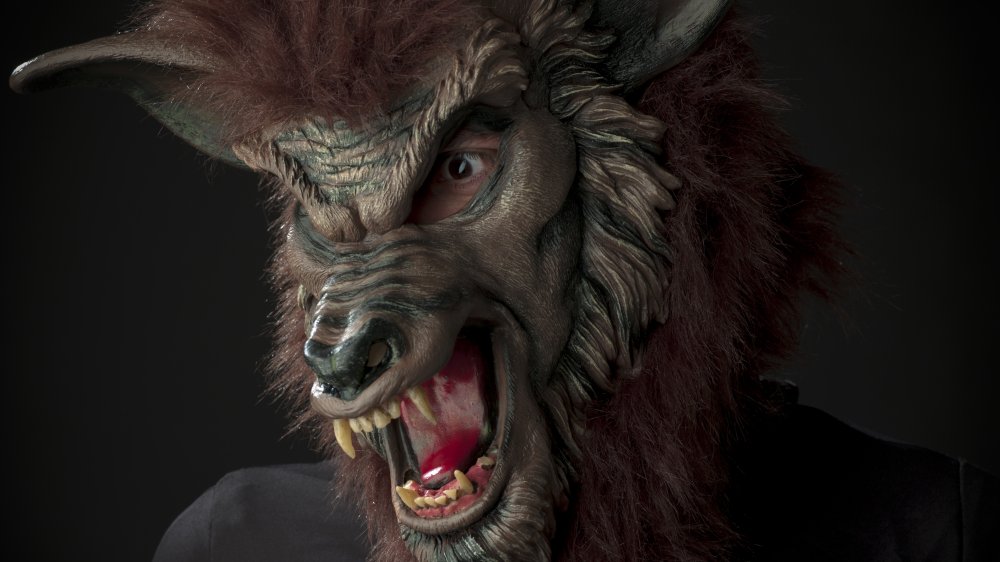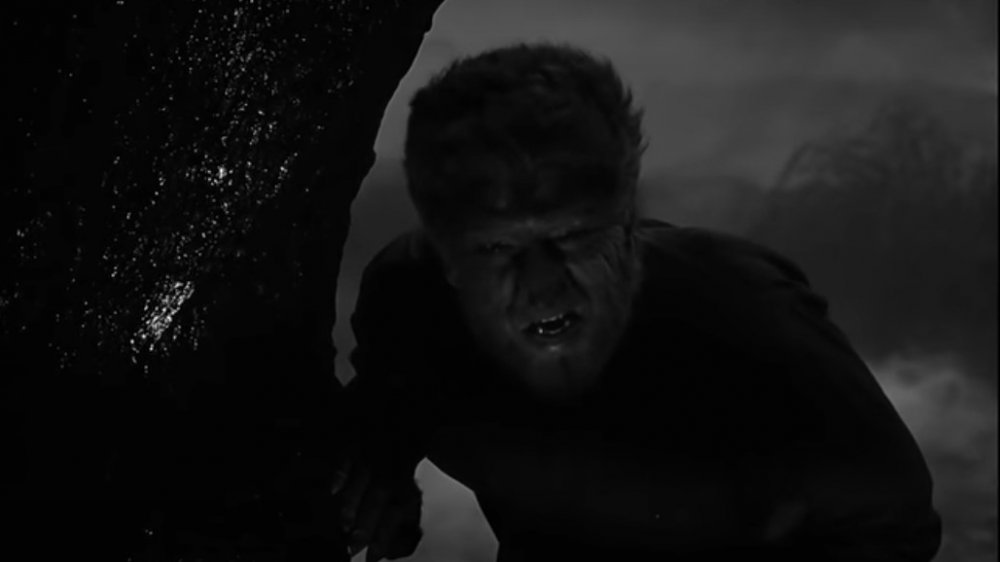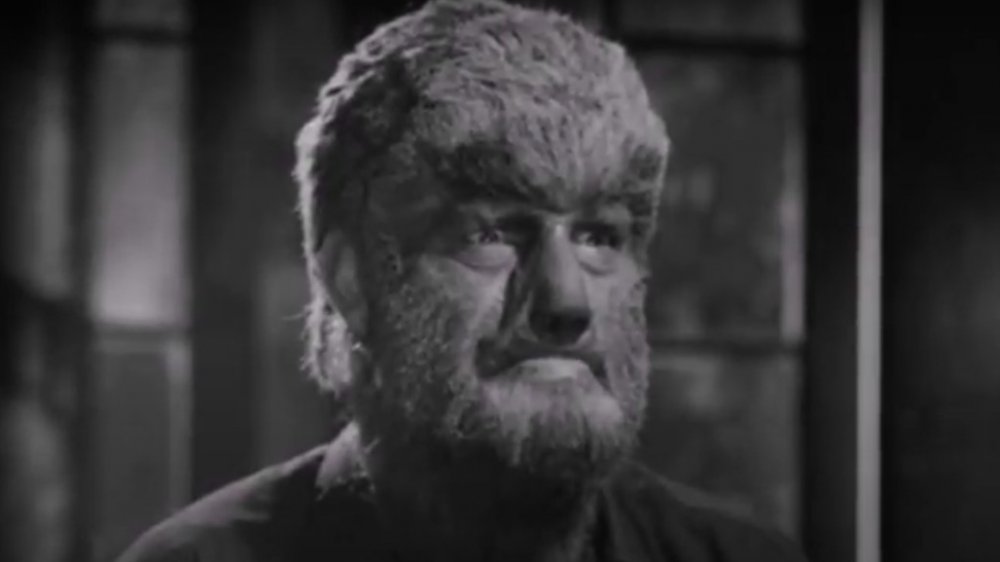Werewolves Might Actually Have Existed. Here's Why
We hear a howl. "Werewolf?" asks Dr. Victor Frankenstein. "There wolf," replies Igor, adding, "There castle." Young Frankenstein just never gets old. And neither does the legend of the werewolf.
A lot of what we think we know about werewolves is actually the product of Hollywood's fertile imagination, including the "rules" of were-dom. In 1941 Universal rolled out The Wolf Man, starring Lon Chaney Jr. as Larry Talbot, the poor schmoe who, once bitten, is forever to be subject to dramatic, hirsute transformation into a ravenous killing machine. (Well, it is 1941, after all, so it's not all that horrendous. The makeup effects are kind of cool, though.) Eventually the character would even meet Abbot and Costello (along with Frankenstein's Monster).
It was The Wolf Man and its sequels that told us that, once bitten, an individual who survives the initial attack cannot escape transformation into a two-legged wolf (the technical name is lycanthropy, and it's actually a mental disorder, per Encyclopedia Britannica) during the full moon. The only thing that can kill it is a silver bullet. The only thing that stops it is death. And, Britannica adds, in some cultures, they say that a werewolf becomes a vampire after death.
We learned a lot from "The Wolf Man," not all of it accurate
Most of which came fully-formed from the screenwriter, Curt Siodmak. The germ of the idea — werefolk — provided a nice basis, though, with roots literally into the dawn of human history. The stories show up just about everywhere, according to History: Ancient Greek mythology; early Norse folk tales; even The Epic of Gilgamesh, which scholars believe dates back to Mesopotamia, around 1800 BCE. The creature shows up in the legends of some Native American tribes, and the basic structure — human becoming beast-like, with insatiable bloodlust — involves jaguars instead of wolves for the Arawak peoples of South America, says Wired.
The folktale origins of the story differ markedly from Hollywood's take, which ought to surprise absolutely no one who's been paying attention. There's a 16th Century account of two Frenchmen who claimed to be able to transform into wolves (via a special ointment) who copped to killing children. They were burned at the stake — apparently an acceptable way to dispatch French werewolves, anyway.
Silver bullets weren't always the go-to for dispatching a werewolf
In the century prior in Germany, citizens claimed to have seen such a transformation take place, though the person in question said he derived his abilities from an enchanted belt. (Nobody ever found said belt.) He was executed, too, though History is short on details, thankfully. How Stuff Works says that in many bits of folklore, the change is a punishment imposed by the gods. Sometimes it's permanent, sometimes it ain't. Sometimes it's actually a powerful gift. Remember when we used to be afraid of vampires? And then Twilight?
Besides, well, insanity, another possible explanation has been proposed: Porphyria, a group of genetic disorders that, says Wired, "manifest as severe lesions brought on by exposure to light: The teeth turn red or brown, and as the years go by, structures like the nose and ears rot away. The affected go manic-depressive and hysterical and delirious."
It's probably a safe bet that tales of humans-to-wolves-and-back-again were attempts at understanding the unexplainable phenomena of our world. And if the listeners around the campfire got a couple of shivers along the way? Score one for the storytellers.


